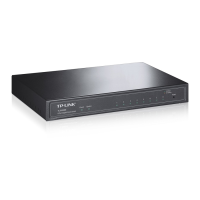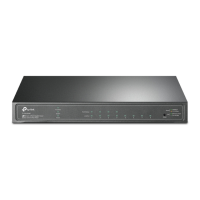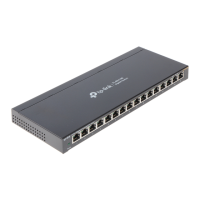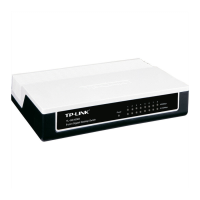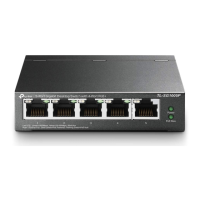Configuring Routing Overview
User Guide 417
1
Overview
Routing table is used for a Layer 3 device (in this configuration guide, it means the switch)
to forward packets to the correct destination. When the switch receives packets of which
the source IP address and destination IP address are in different subnets, it will check the
routing table, find the correct outgoing interface then forward the packets.
The routing table mainly contains two types of routing entries: dynamic routing entries and
static routing entries.
Dynamic routing entries are automatically generated by the switch. The switch use dynamic
routing protocols to automatically calculate the best route to forward packets.
Static routing entries are manually added none-aging routing entries. In a simple network
with a small number of devices, you only need to configure static routes to ensure that the
devices from different subnets can communicate with each other. On a complex large-
scale network, static routes ensure stable connectivity for important applications because
the static routes remain unchanged even when the topology changes.
The switch supports IPv4 static routing and IPv6 static routing configuration.

